Efficient and economical solutions to your grit removal needs.
Sand Sharks are known for their unique hunting strategy and tendency to swim along the ocean floor near the shoreline in the surf zone. Our Sand Shark Grit Trap and Sand Shark Grit Classifier also feel at home in sandy, gritty environments and are skilled predators with their highly efficient and economical ability to remove grit particles in a variety of flow rates.
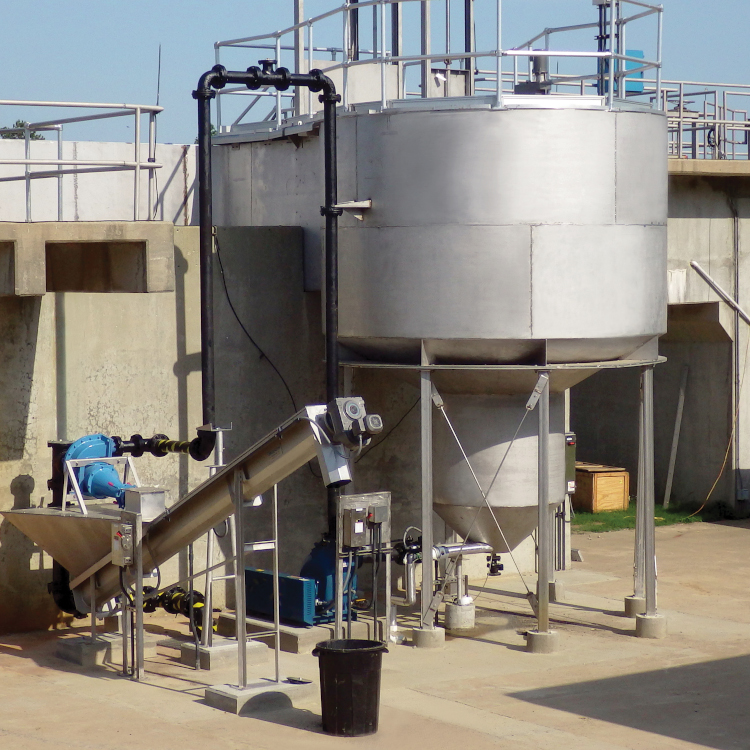
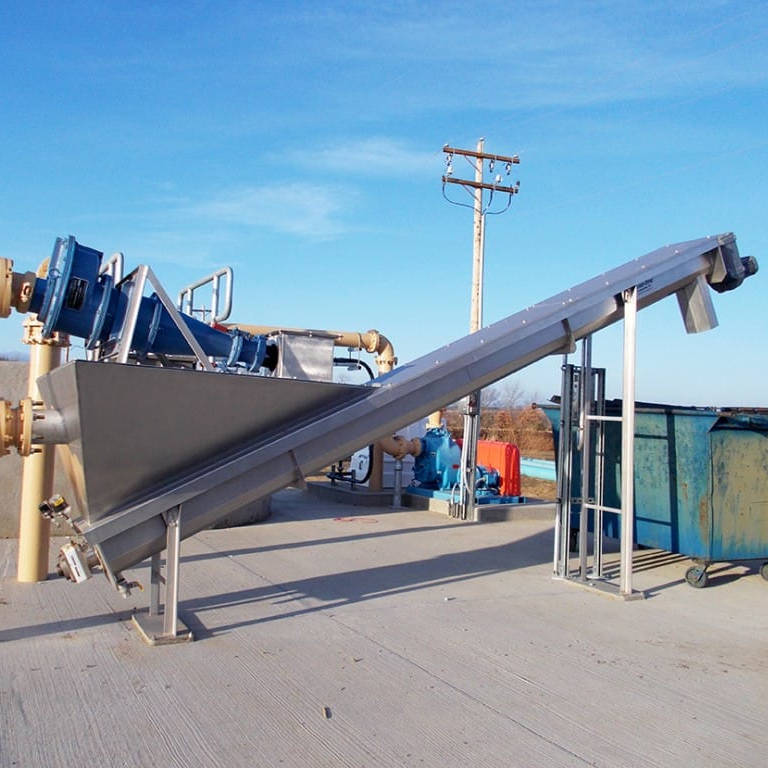
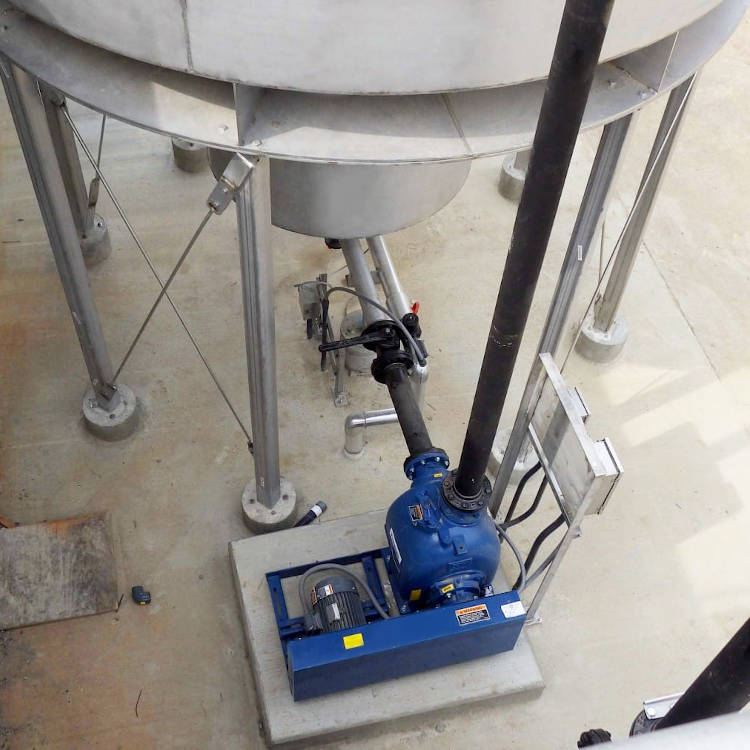
The Sand Shark Grit Trap is a simple, efficient and economical solution to your grit removal needs. In-ground and above-grade models are available for effective, efficient and economical removal of grit from flows up to 70 MGD (3,000 L/s) per unit. Our vortex grit removal system includes a geared drive head and rotating flat plate impeller inside the grit collector. Grit pump or air lift options extract collected grit to the Hydro-Cyclone and classifier.
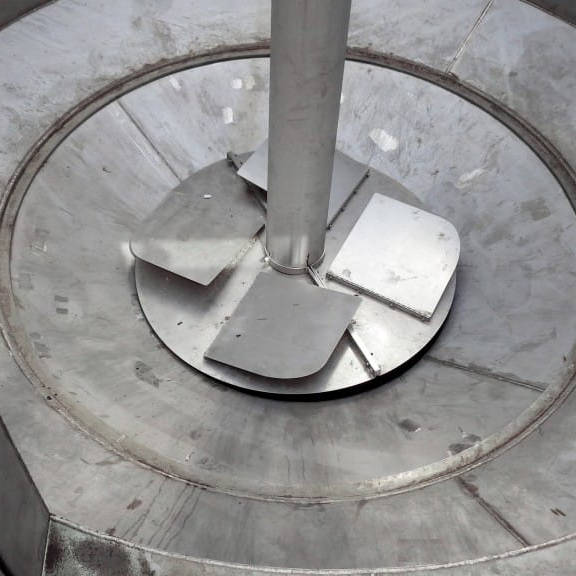
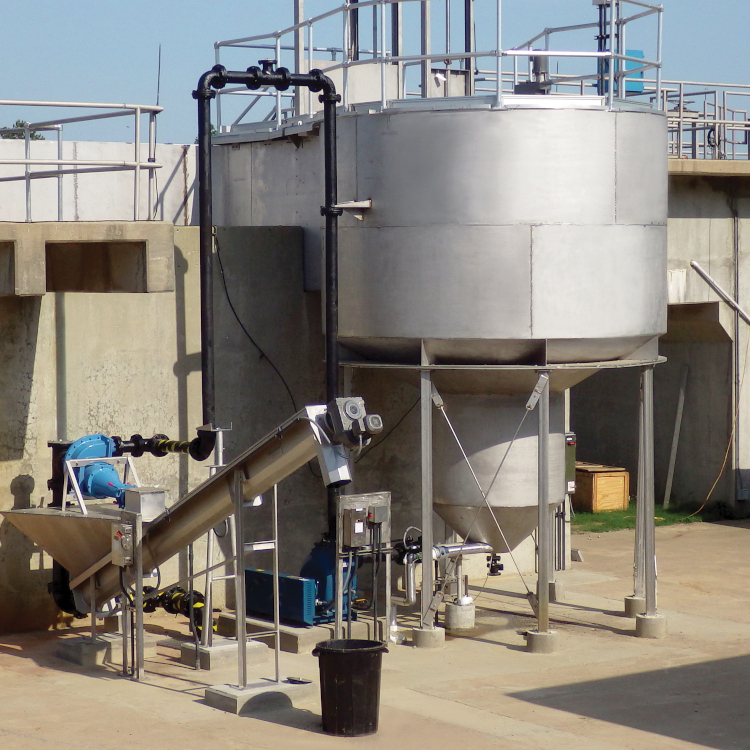
The grit trap will generally be installed immediately downstream of the fine screen. Inflow enters the circular chamber carrying the heavy grit particles, which will be drawn towards the side wall and flow around the edge of the chamber. Gravity settles the grit particles as they travel
this path.
The impeller creates an up-draft that pushes the grit toward the periphery of the chamber. Light organic and inorganic solids are lifted to the surface and ejected with the remainder of flow from the grit trap.
The calm condition around the edge of the chamber allows the grit particles to sink and be guided by the sloped floor to the center of the chamber. Solids will fall underneath the rotating impeller and collect in the bottom of the chamber for storage and removal.

Sand Shark Grit Classifier Features
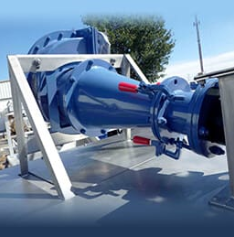
Hydro-Cyclone Features
Grit slurry is pumped from the storage hopper at flow rates of 200-250 GPM (12.6-15.8 L/s) directly into the Hydro-Cyclone mounted on top of the Grit Classifier. Excess water exits via the 6-inch overflow and returns to the main flow, generally upstream of the grit trap. The underflow, containing less than 50 GPM (3.2 L/s), and heavy grit solids will be located by the vortex finder and dropped via the outlet cone into the Grit Classifier hopper.
Settled grit will be elevated by a shafted screw that is supported between a top and bottom bearing leaving a 0.5 inch (12.7mm) clearance between the screw flights and the Grit Classifier trough, creating a protective layer of grit. The lower bearing is fully enclosed to prevent the ingress of grit and premature wear of the assembly. The screw lifts the grit from the bottom of the hopper. During conveyance, free water drains back to the hopper while dry grit is elevated and deposited in a receptacle for disposal.
Hydro-Dyne offers a variety of pumping solutions to suit the configuration of the application. The self-primed centrifugal pump is generally used when the grit chamber is cast in-ground. Significant construction cost savings can be realized by mounting the pump at grade. When the grit chamber is elevated it is common to install the suction pipe through the storage hopper wall and install the grit pump in a dry well for ease of maintenance and accessibility. An air lift pump is an efficient method of moving grit from the storage hopper directly to the inlet of the Grit Classifier, without the need for the Hydro-Cyclone.
Grit Pump Options
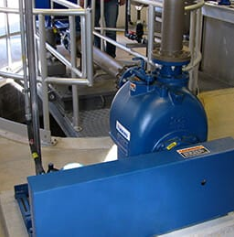
Do you have any questions or would you like more information?
We’d be happy to hear from you.
4750 118th Avenue North Clearwater, Florida 33762 USA Phone: +1 (813) 818-0777 Fax: (813) 818-0770
Copyright ©2025 Hydro-Dyne Engineering. All Rights Reserved. | Privacy Policy | Terms of Use